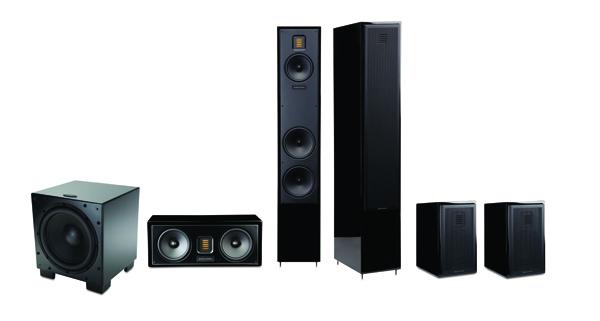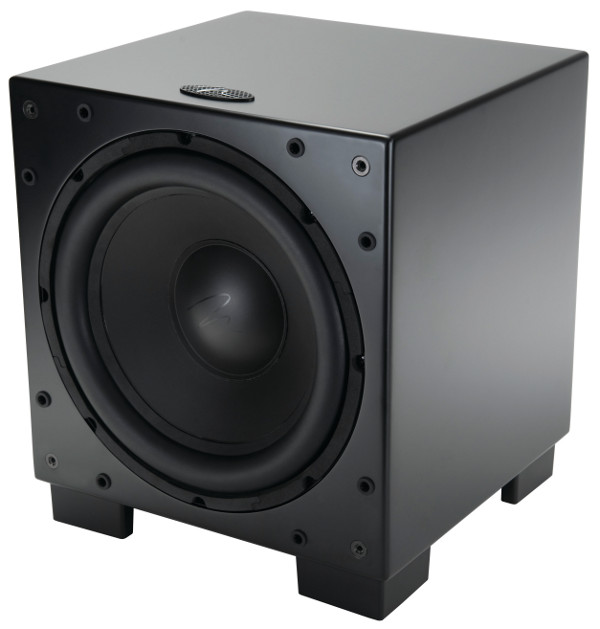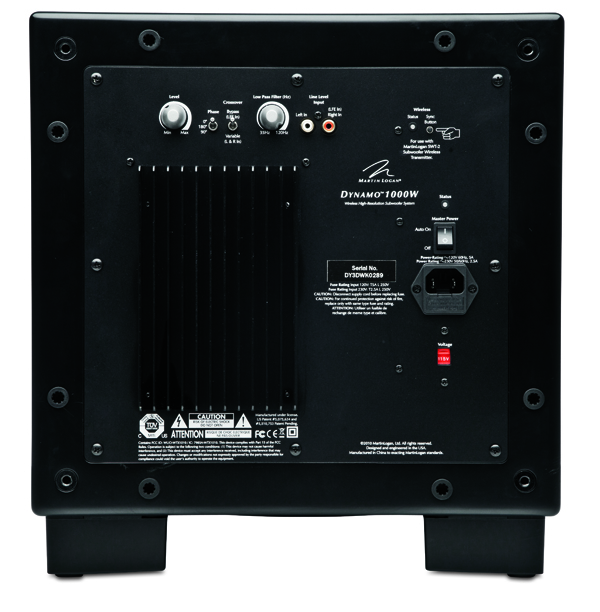I bought Renaissance on DVD before it became available on bluray enticed by a trailer for the movie, followed by the rental of the DVD, then the purchase of the movie. I found the movie much better than I anticipated, like you, and eventually bought the bluray for $5.99. For those who like action movies or the animation genre, this is a pretty decent movie.
Regarding the review of the Martin Logan speakers, the speakers sound like they perform well. Not sure about the price in general terms. $4,500 is a lot of money. If the speakers can be had for less than retail, they would be more enticing. For $4,500 I can buy a 60" Sharp Elite. I would prefer the Sharp Elite over these speakers, simply because I already own a 5.0 set up of good speakers. While a great TV makes for a memorable viewing experience, so do good speakers. Matching 5.0 speakers of high fidelity makes watching a movie much more enjoyable.











































































